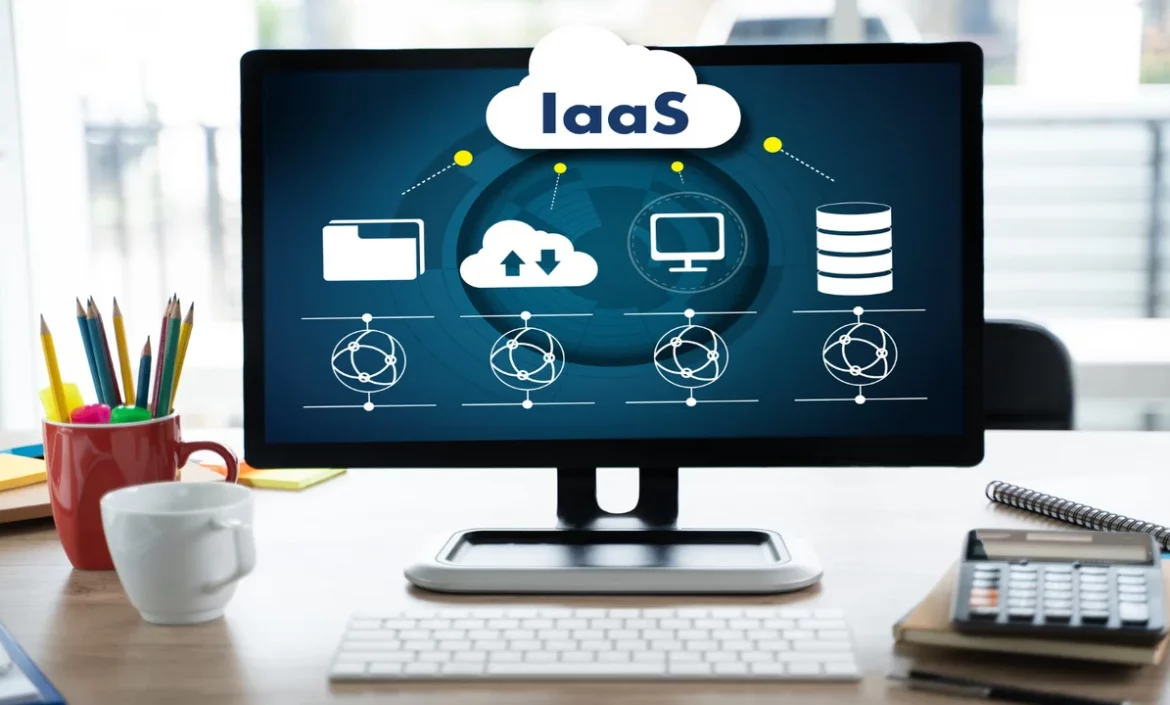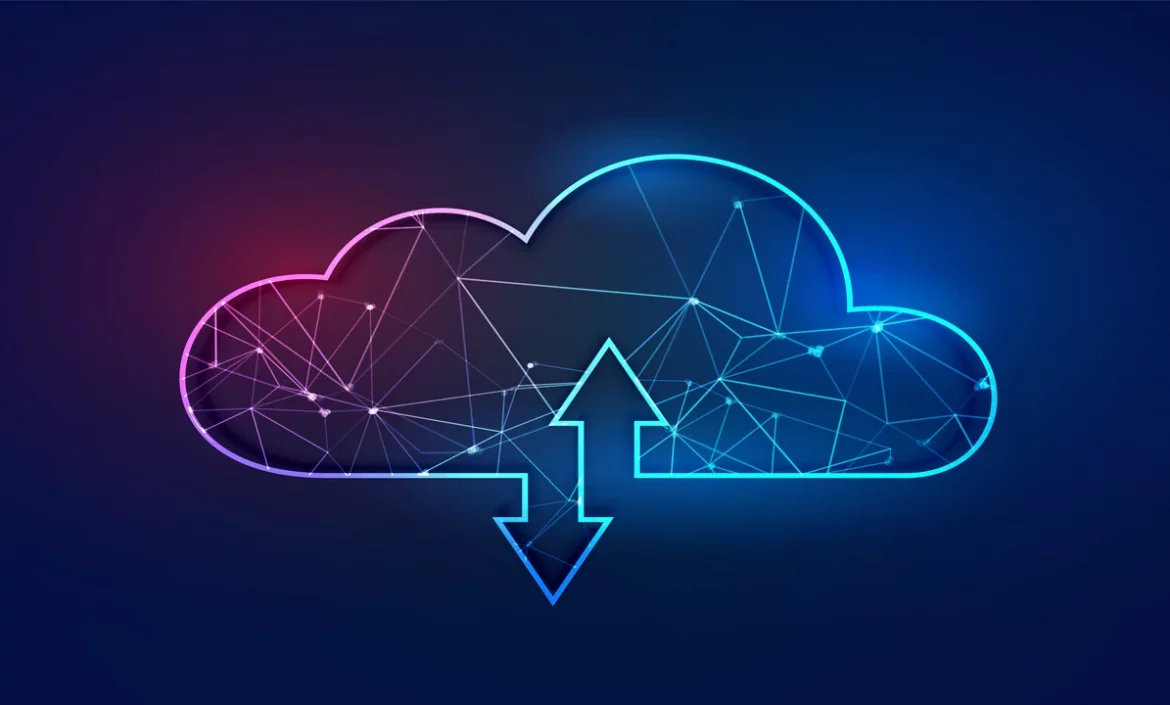Unlocking the Potential of System Integration
The seamless interaction of diverse software and hardware systems has become a fundamental requirement. This synergy is achieved through a process known as system integration, which plays a pivotal role in modern technology. In this article, we will delve into the concept of system integration, emphasizing its significance, the benefits it offers, and its transformative impact in our interconnected world.
Understanding System Integration
At its core, system integration is the practice of connecting various independent software and hardware systems to operate harmoniously as a unified entity. These systems may encompass different applications, databases, devices, or networks. The primary objective is to ensure the smooth and efficient exchange of data and communication between these disparate systems, facilitating their seamless collaboration.
The Significance of System Integration:
Streamlined Operations: System integration minimizes manual data entry and redundant tasks, resulting in heightened efficiency and accuracy. This operational streamlining empowers organizations to focus on core functions.
Data Accuracy: Integrated systems reduce the likelihood of data errors and inconsistencies, leading to more reliable decision-making based on trustworthy data.
Enhanced Productivity: Integrated systems enable employees to work more productively, granting them access to the information they need without the hassle of navigating multiple systems.
Cost-Efficiency: System integration can yield cost savings by minimizing duplicate data entry, reducing operational expenses, and mitigating the risk of costly errors.
Competitive Advantage: In a fiercely competitive business environment, adaptability is paramount. Integrated systems facilitate the rapid response to evolving customer needs and market trends, granting organizations a competitive edge.
System Integration Types
Data Integration: Data integration harmonizes different data sources, allowing access, analysis, and utilization of data from various systems as a unified resource.
Application Integration: Application integration ensures the seamless collaboration of different software applications, a common necessity in businesses employing diverse software tools.
Cloud Integration: Cloud integration unifies cloud-based systems and services with on-site systems, guaranteeing the fluid exchange of data and operations.
IoT (Internet of Things) Integration: IoT integration amalgamates data from connected devices and sensors, enabling real-time data collection and analysis for various applications.
Challenges and Considerations
While system integration offers an array of advantages, it is not without its complexities:
- Compatibility: Ensuring the compatibility of different systems and effective communication can be intricate, especially when dealing with legacy systems.
- Data Security: Integrating systems can raise concerns regarding data security and privacy, necessitating robust protective measures for sensitive information.
- Scalability: As businesses expand, their integration needs evolve. A well-planned integration strategy should be adaptable to accommodate future growth.
System integration forms the backbone of efficient operations, data management, and technological progress. It streamlines processes, enhances productivity, and equips organizations to stay competitive in a swiftly evolving digital landscape. By embracing system integration and addressing its challenges, both businesses and individuals can fully harness the potential of their technology, allowing them to operate seamlessly and meet the demands of the modern digital age.
System Integration Steps
In the rapidly evolving world of technology, the efficient collaboration of various systems has become indispensable. System integration is the key to making this collaboration a reality. By following a structured approach, organizations can create a unified, cohesive environment where different software and hardware systems work seamlessly together. In this article, we will outline the essential steps to achieve successful system integration.
- Define Objectives and Requirements
The journey of system integration begins with a clear understanding of your objectives and requirements. What do you want to achieve through integration, and what are the specific needs of your organization? Defining these objectives will guide the entire integration process.
- Assess Current Systems
Take stock of your current systems, software, and hardware. Understand how they operate, what data they manage, and their limitations. A comprehensive assessment is vital for determining how to integrate them effectively.
- Choose Integration Tools and Technologies
Select the appropriate integration tools and technologies. Depending on your specific needs, you might opt for middleware, APIs (Application Programming Interfaces), or ETL (Extract, Transform, Load) tools. Your choice should align with your integration objectives and the systems in question.
- Design the Integration Plan
Creating a well-thought-out integration plan is crucial. Define the data flow, communication pathways, and the roles of different systems in the integrated environment. This plan should provide a clear roadmap for the entire integration process.
- Develop and Implement
Develop the necessary connectors, scripts, and code to facilitate integration. This stage requires in-depth technical knowledge and expertise, as it involves linking the systems, configuring data formats, and ensuring smooth data exchange.
- Testing and Quality Assurance
Thorough testing is essential. Conduct unit testing, integration testing, and user acceptance testing to identify and address any issues. Ensure that data flows correctly, that the systems work as expected, and that security and data integrity are maintained.
- Data Migration
If data needs to be transferred from one system to another, plan and execute data migration carefully. Data migration involves extracting, transforming, and loading data into the new integrated system without data loss or corruption.
- Training and Documentation
Train your team on how to use the newly integrated systems and provide clear documentation. Users must understand the changes and how to work with the integrated environment effectively.
- Deployment
Roll out the integrated system gradually. Monitor the deployment closely to address any unexpected issues as they arise. Ensure that data is flowing as intended and that users are comfortable with the changes.
- Ongoing Maintenance and Support
System integration is not a one-time task; it requires ongoing maintenance and support. Regularly update and patch systems, monitor performance, and address any new integration requirements that may emerge.
- Evaluation and Optimization
Periodically assess the integration’s effectiveness. Are your objectives being met? Is there room for improvement? Use the insights gained to optimize the integrated environment further.
- Security and Compliance
Throughout the entire integration process, prioritize data security and compliance. Implement encryption, access controls, and other security measures to protect sensitive data. Ensure that your integrated system complies with relevant industry regulations and standards.
System integration is a complex but essential process for organizations seeking to improve efficiency, reduce redundancy, and enhance collaboration among their various systems. By following these steps meticulously, you can create a unified technological ecosystem that supports your objectives and helps your organization thrive in the digital age. Remember that successful integration requires careful planning, rigorous testing, ongoing maintenance, and a commitment to data security and compliance.













